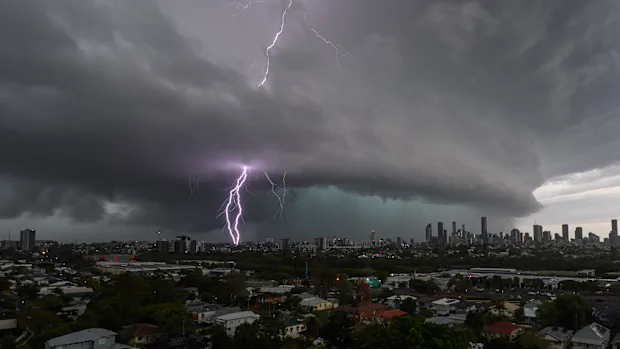Brisbane and surrounding areas in southeast Queensland, Australia, were hit by intense weekend storms, causing widespread disruption and damage. Residents reported giant hailstones measuring up to 9–10 cm, wind gusts exceeding 100 km/h, and flash flooding across multiple suburbs.
Impact on Communities
The extreme weather led to significant power outages, affecting over 10,000 properties as trees were uprooted and power lines damaged. Emergency services responded to incidents including fallen trees, damaged roofs, and vehicles stranded in floodwaters. Authorities have urged residents to exercise caution and avoid flooded roads.
Meteorological Factors
Meteorologists attribute the severe conditions to unstable atmospheric patterns and a strong cold front moving through southeast Queensland. The Queensland Bureau of Meteorology confirmed that Brisbane, the Gold Coast, and parts of the Sunshine Coast experienced the heaviest impact, with some areas recording record rainfall in a short period.
Hazards and Safety Measures
Residents shared images of streets blanketed with hail, dented vehicles, and rapidly accumulating water in low-lying areas. Authorities warned of secondary hazards such as landslides in hilly suburbs and ongoing risk of flash flooding as rivers and drains struggle to cope with the rainfall.
Energy providers are prioritizing the restoration of power to critical infrastructure and heavily affected homes, while emergency teams continue to assess damage and provide support. Local councils are mobilizing cleanup efforts, and officials remind the public to:
- Monitor local weather alerts
- Avoid unnecessary travel
- Secure outdoor furniture
- Check drainage systems
- Stay indoors during hail and high winds
Preparedness and Response
The storms highlight the region’s vulnerability to extreme weather and emphasize the importance of preparedness, timely response, and adherence to safety advisories to minimize damage and protect communities in southeast Queensland.

